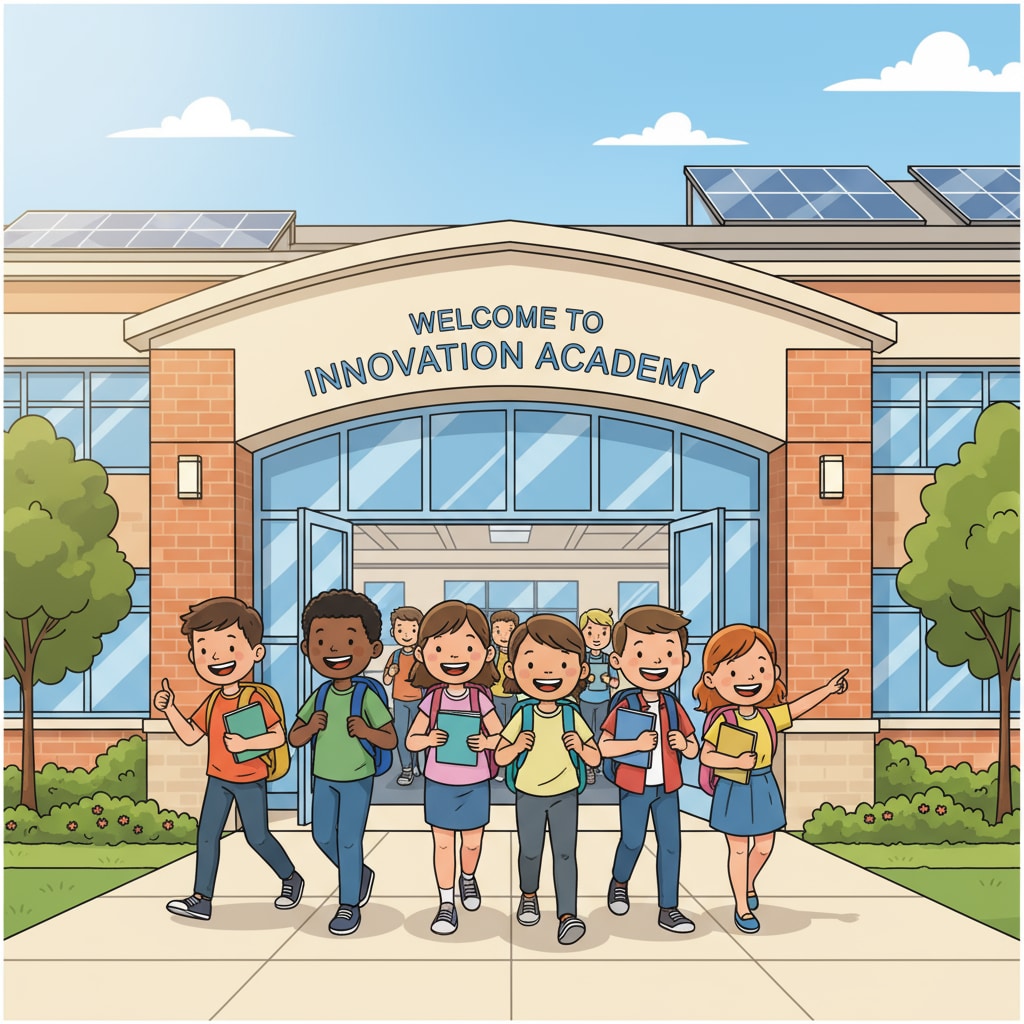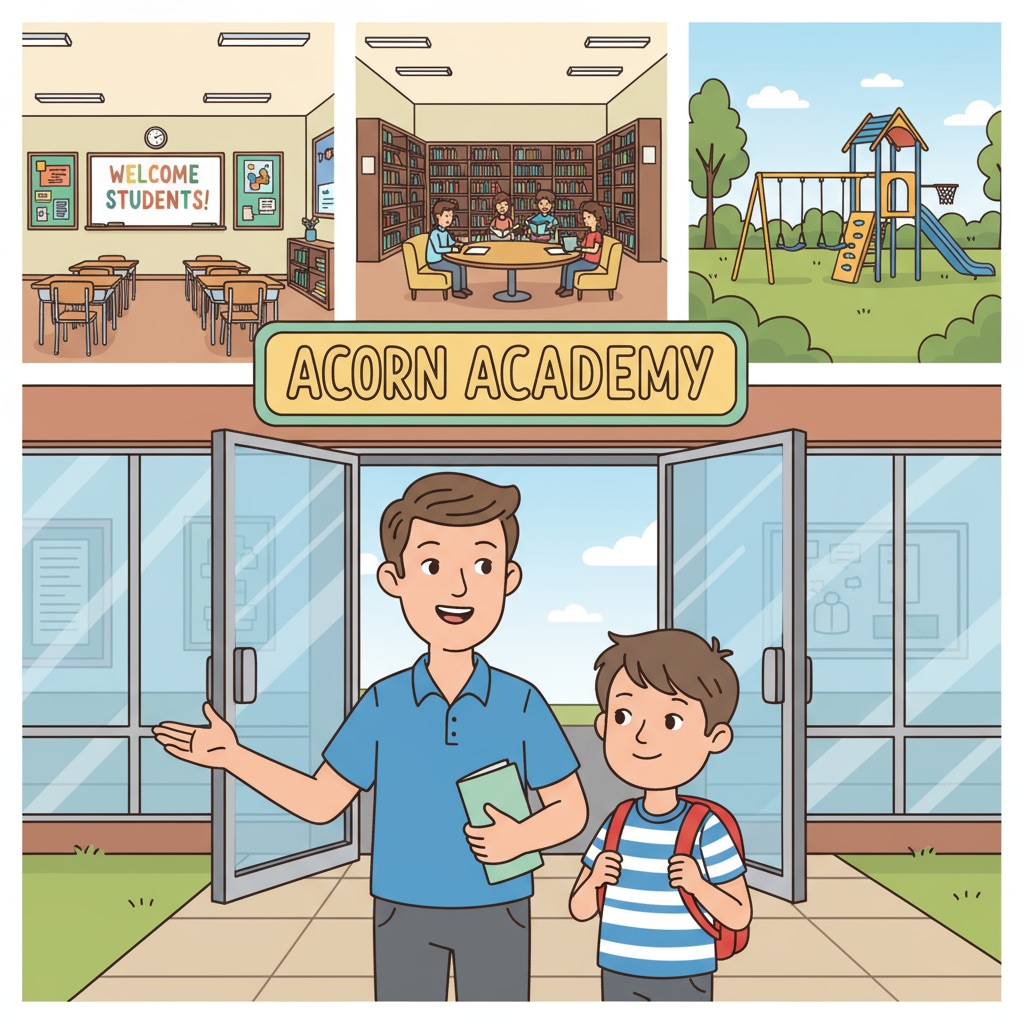Educational transitions, student adaptation, and grade transitions are significant milestones in the lives of K12 students. These periods can be both exciting and challenging, as students face new environments, teachers, and academic demands. In this article, we will explore effective strategies to help students navigate these transitions smoothly.

Teacher Support in Educational Transitions
Teachers play a vital role in helping students adapt to new educational settings. Firstly, they can create a warm and inclusive classroom environment. For example, on the first day of school, teachers can organize ice-breaking activities to help students get to know each other. This reduces anxiety and makes students feel more comfortable. Icebreaker activities on Teachhub Secondly, teachers should clearly communicate the expectations for the new grade. They can explain the curriculum, assignment requirements, and grading systems. This clarity helps students understand what is expected of them and plan their studies accordingly.
Parental Involvement in Student Adaptation
Parents are equally important in the process of student adaptation. Before the transition, parents can visit the new school with their children. This gives students a chance to familiarize themselves with the campus, facilities, and the general atmosphere. During the early days of the new school or grade, parents should maintain open communication with their children. Listen to their concerns and offer emotional support. For instance, if a student is worried about making new friends, the parent can encourage them to join extracurricular activities. Parenting for school success on APA

Students also need to develop certain skills to adapt to these transitions. Self-management skills are crucial. They should learn to manage their time effectively, set goals, and organize their study materials. Additionally, students can benefit from building a support network. This includes making friends with classmates, joining study groups, and seeking help from teachers when needed.
Readability guidance: In this article, we have presented various strategies for educational transitions, student adaptation, and grade transitions. By involving teachers, parents, and students themselves, we can ensure a more seamless transition for K12 students. Teachers can create a positive classroom environment and clarify expectations. Parents can provide emotional support and help students familiarize with the new environment. And students can develop essential skills for a successful transition.


